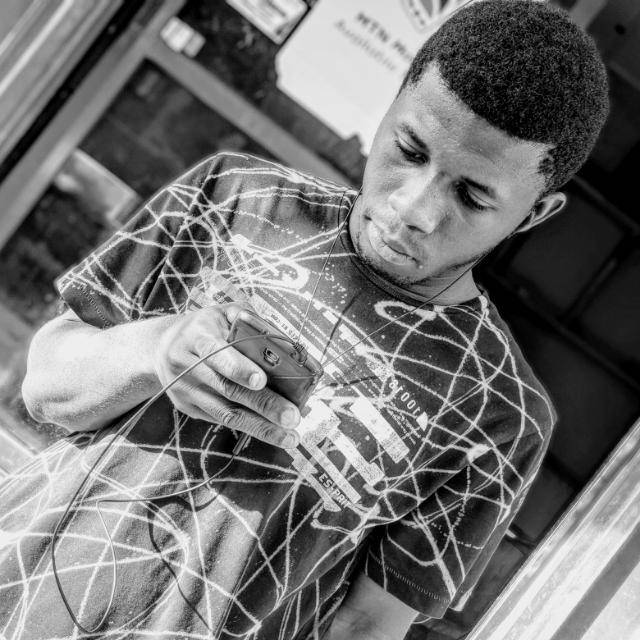Why are most artists controversial, mischievous, and weird? People often ask this question, puzzled by the unconventional nature of artistic expression. The truth is, art has never been about conforming to societal norms or evoking pleasant emotions. Instead, it reflects the complexity and diversity of human experience.
Take, for instance, the painting "Bienpolo" by Wilcox Bralatei. At first glance, the image may evoke feelings of discomfort or even disgust. The artist's depiction of a man defecating into the water, surrounded by fish feeding on the waste, can be jarring. However, this reaction is precisely the point. Art is not meant to be comfortable or easy to digest. It challenges our assumptions, forces us to confront our emotions, and encourages us to think critically.
In "Bienpolo," Bralatei is not trying to shock or offend; rather, he is capturing a moment of reality. The painting is a reflection of life in the creek, where people live in harmony with their environment. The artist is not judging or criticizing this lifestyle; he is simply presenting it as it is.
This raises an important question: what is the role of the artist in society? Is it to create beautiful, aesthetically pleasing works that make us feel good, or is it to challenge our perceptions, spark conversations, and inspire change? The answer, of course, is the latter.
Artists like Bralatei are not afraid to push boundaries, to explore the uncomfortable, and to challenge our assumptions. They are the provocateurs, the disruptors, and the innovators. And it is precisely this willingness to take risks, to be controversial, and to be mischievous that makes their work so powerful.
So, the next time you encounter a work of art that makes you feel uncomfortable or challenges your assumptions, remember that this is exactly what the artist intended. It is not about creating a pleasant experience; it is about sparking a conversation, inspiring change, and reflecting the complexity of human experience.


